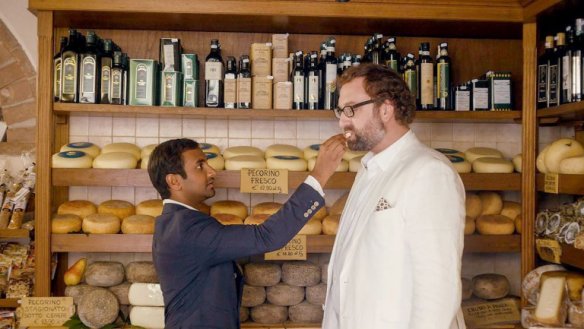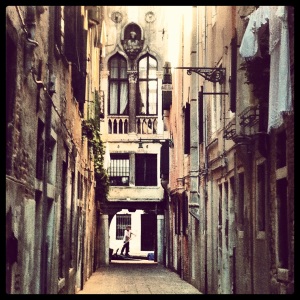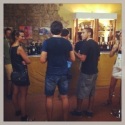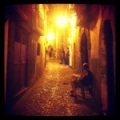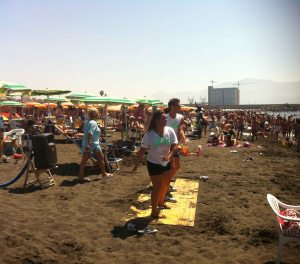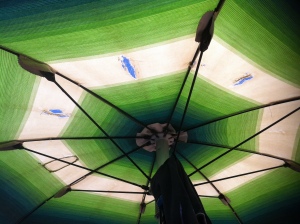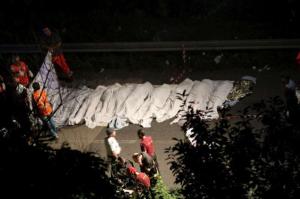The identity question is central in the immigrant experience. Even more so for Italians. In Crialese’s Nuovomondo, the immigrant leaving for America wonders at the incredible amount of “strangers” he is going to share the journey from Sicily with. And when somebody reminds him that, after all, they are all Italians, he is very skeptical of this idea: “If you say so,” he says.
Being such a young nation, “invented” by intellectuals and romantic poets, Italy has always been a “foreign” concept to most of the starving illiterate from the remotest parts of the South and the Center of the boot. We should not be surprised by this skepticism. The Italian immigrant, far away from a weak national rhetoric, finds himself puzzled by his or her own existence. Who am I, who was I, who have I become?

Luigi Zampa was aware of this complex reality when he directed Bello onesto emigrato Australia sposerebbe compaesana illibata, at the beginning of the 1970s. The screening of the movie on Wednesday, August 15 at Casa Belvedere, in Staten Island, NY is a good opportunity to re-discover this often underestimated work of Zampa’s late production.
Starring Alberto Sordi in his fifties, when he gave us his most unique performances (I am thinking of Un borghese piccolo piccolo), and Claudia Cardinale, who will end up winning the David of Donatello for her acting, the movie tells the story of a middle aged and lonely Italian immigrant in Australia, Amedeo Battipaglia, suffering from epilepsy who, in order to get married, is forced to make an Italian girl, Carmela, come meet him. However, Amedeo, too worried that his physical appearance would scare away the girl, pretends to be a handsome friend of his.
It is thanks to this comedy of identity that Zampa takes us in a journey through the solitude and desperation of the expatriate. The two protagonists roam through the jungle, unable to recognize each other and themselves, each of them cheating the other with a fictional identity that both are unable to sustain. But while Amedeo’s tragedy lies into the loss of belonging (no country, no wife, no real friends), Carmela’s tragedy develops in front of us as she imagines to reach a freedom that will never be.
Some times the movie disappoints for the datedness of certain features (like many Italian movies of those years) and for a quickened ending, but if one is able to look beyond them, one finds little gems of poetry: the boring and desolated tango of hopeful guys, parrots in the forest, the maddened friend who has lost everything, and, finally, hope in the desert.
Zampa elevates the comedy into drama and the drama into comedy with such elegance and dignity that the movie breathes of a natural rhythm, thanks to the various characters and the improbable setting. Bello onesto… is a strong movie, one that deserves a special place in the history of Italian Cinema, a movie that gives us a unique perspective on the Italian immigrant experience. It invites us to re-look at that experience without prejudice and stereotype. And in a moment in which the Italian government is tempted to deny that experience, the movie acquires a deeper sense, a profound value.


